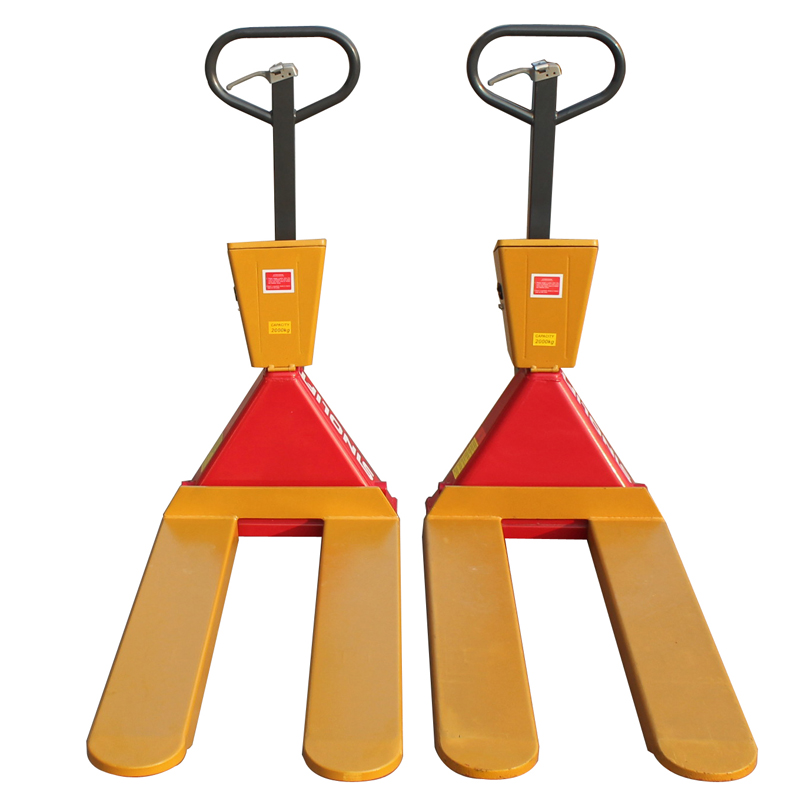Forklifts are used in nearly every aspect of the logistics chain. This versatile and efficient machine has been adapted to function in nearly all environments and handle a wide variety of load types and sizes.
While these machines are very reliable, when used improperly, the result can be costly, and in extreme cases, fatal.
Result of Excessive Speed
In the United States there are nearly 100,000 injuries reported each year as a result of fork lift accidents, according to the National Institute for Occupational Safety and Health. Of these, nearly 100 result in fatal injuries. The sad truth is most of these accidents could have been avoided if proper care and training had been applied. In a great many instances speed was a contributing factor to the accident. Turning corners at high speeds, not slowing down when pedestrians are present, or operating at too great of speed while handling a heavy load. All can result in serious injury, property damage, and lawsuits.
Speed Laws
The Occupational Health and Safety Administration (OSHA) is responsible for setting industry safety standards. OSHA does not set definite speed limits for forklifts. OSHA standards require the forklift operator to maintain a safe speed at which he will have proper and complete control over the forklift. The standard is written in this manner because conditions vary greatly from one facility to the next. What is a safe speed limit at one facility may not be safe in another environment. Even within any given facility safe speed can change from one moment to the next. If the floor becomes wet for example, speeds must be reduced considerably.
Setting Speed Limits
Some facilities will install governors on forklifts to help limit the maximum speed of the machine. Most however, will establish speed zones that will dictate the maximum safe speed for machine operators. For larger machines in general traffic aisles the maximum speed is set at 4 miles per hour or less. Areas with heavy pedestrian traffic will require slower speeds, while blind corners and areas with limited visibility may require stop signs to help control speeds. The key is proper training of all forklift operators. These operators must be trained to evaluate and recognize situations, and adjust their speed accordingly.







